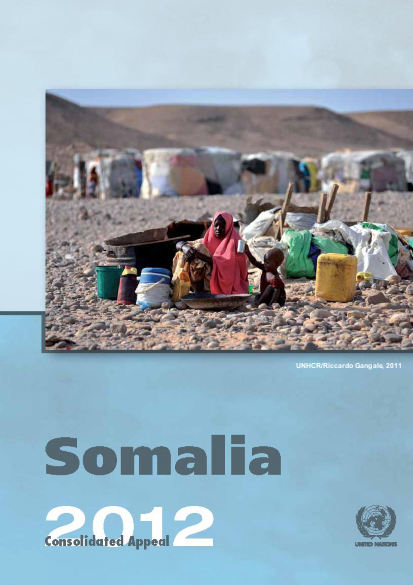
Despite a complex environment of conflict, clan rivalry and displacement, limited access in many parts of southern Somalia, and inadequate funding during the first half of the year, the humanitarian community managed to scale up its response mainly using local and international partners that have wide presence in the various regions. Mass vaccination campaigns reduced cases of measles by almost 50%. More than 2.6 million people received food aid and 1.2 million people had new access to clean water by October 2011. At the same time over 650,000 people received emergency assistance packages, and nearly 460,000 acutely malnourished children received nutrition interventions. In order to enhance resilience, more than 1.7 million people received livelihood support by October 2011. Tremendous efforts were made to meet the requirements, but given the exponentially increased needs over the past year as an additional 1.6 million people fell into crisis, compounded by continued extreme access limitations in the south, it was not possible to adequately meet all levels of need. In order to address the immediate humanitarian needs of four million Somalis, the Somalia Humanitarian Country Team endorsed four strategic priorities: ? To provide life-saving assistance to people living in famine and humanitarian emergency in order to reduce mortality and prevent further displacement. ? To protect and restore livelihood assets through early recovery, resilience-building, emergency preparedness and disaster risk reduction, and improving social and productive networks. ? To provide a minimum package of basic services. ? To strengthen the protective environment of the vulnerable population.